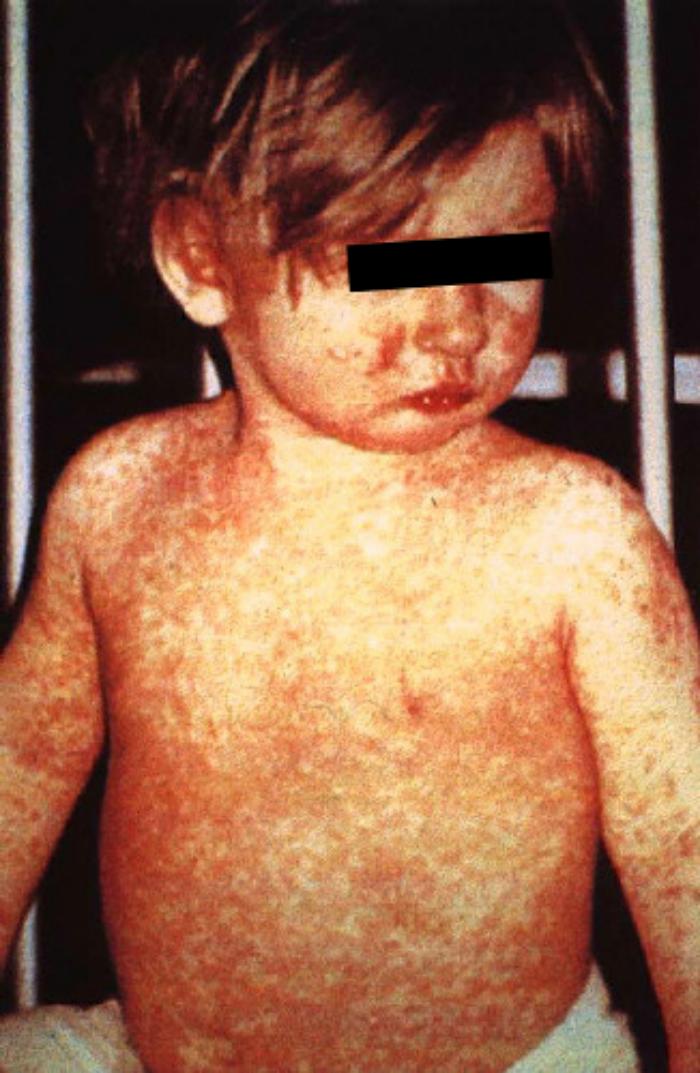25 October 2017, Puntland, Somalia—The World Health Organization (WHO) and Somali Federal Ministry of Health have conducted a series of trainings to enhance national capacity in early outbreak detection and response for measles ahead of a nationwide measles vaccination campaign in November.
The trainings aim to enhance measles case-based surveillance and laboratory confirmation, improve measles case management during seasonal outbreaks, and achieve the minimum routine measles vaccination coverage of 95%.
Somalia is currently facing its worst measles outbreak in 4 years, with almost 19 000 suspected cases reported in 2017 (as of 24 October). More than 80% of those affected by the current outbreak are children under 10 years of age. Minimum routine measles vaccination coverage is only 60%.
In early 2017, WHO and partners, in collaboration with national health authorities, vaccinated almost 600 000 children aged 6 months to 5 years for measles in hard-to-reach and hotspot areas across the country. Despite these efforts, the transmission of measles continues, compounded by the ongoing pre-famine situation, continued mass displacement, and undernourished children living in unhygienic conditions.
In order to contain the outbreak, a nationwide campaign is planned for November 2017 to stop transmission of the disease, targeting 4.2 million children. The campaign will also intensify efforts to strengthen routine immunization and reach unvaccinated children to boost their immunity.
“The Federal Ministry of Health (FMOH) has repeatedly highlighted the importance of surveillance in public health. Based on this national vision, public health professionals in Somalia are being updated on the measles case-based surveillance process,” said Dr Ghulam Popal, WHO Representative in Somalia. “FMOH and WHO are actively scaling up efforts to improve measles case management during outbreaks in general and ensure the proper implementation and high coverage of the upcoming measles campaign in particular,” he added.
On 24 October, WHO and FMOH concluded a 3-day training course on case-based surveillance for 35 health workers in Puntland. A training of trainers on measles campaign preparation and implementation was conducted in Mogadishu for 18 participants from the Ministry of Health, EPI Directorate, and other health partners on 16 October. At the regional level, a 2-day training course on measles epidemiology and outbreak response took place on 17–18 October for 68 participants from the South Central zones and the two States of Hiran Shabelle and Southwest.
WHO’s response to disease outbreaks, drought, and nutrition needs in Somalia has been made possible through the generous support of Japan, Germany, the Vaccine Alliance (GAVI), the Polio Global Eradication Initiative, the UN Central Emergency Relief Fund (CERF), and the UK Department for International Development (DFID).
Related links
WHO and Federal Ministry of Health of Somalia call for urgent support to address measles outbreak in Somalia
16 August 2017
WHO and partners scale up response in Somalia to protect children from deadly measles outbreak
25 July 2017
WHO conducts measles surveillance workshop in Hargeisa
13 June 2017
Measles vaccination campaign launched in Mogadishu
21 May 2017
For more information, contact:
Ajyal Sultany, Communications Officer, sultanya@who.int







